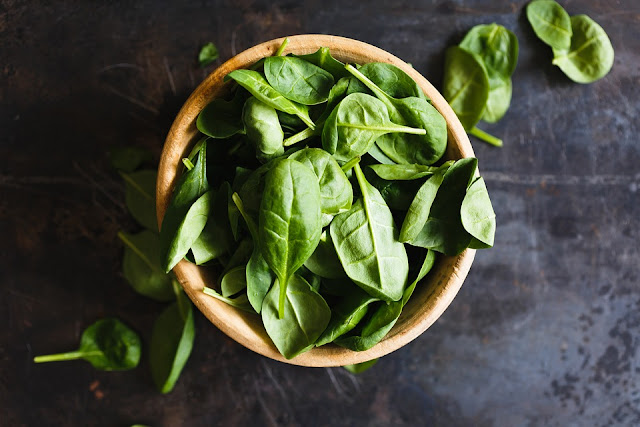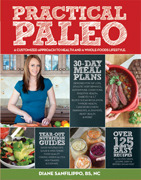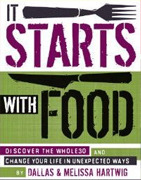No matter if you are growing your lettuce in an urban garden tower, in shallow bowls or similar planting containers you have to admit it is a lot of fun and a great way to get more healthy greens into your diet. While most of us are perfectly happy with a side of salad greens with dinner most nights, it’s nice to have a little variety in our salads. Of course adding other home-grown plants to your salads adds to the overall nutritional value as well.
With that in mind, let’s take a look at various other “salad fixings” that you can grow indoors or on your patio. They make great additions to your salads, but also come in handy in the kitchen in a multitude of other recipes.
Let's start with flavor because you can spent a small fortune on fresh herbs at the grocery store. Why not grow your own instead? You can keep them in small pots or even old tea or coffee pots. Actual little planters are preferable since they have drainage holes, but use what you’ve got and just think of how pretty these little pots of herbs will look all lined up in your kitchen window.
Popular herbs to grow and use in your salads include:
- Basil
- Mint
- Parsley
- Cilantro
- Chives
- Rosemary
- Oregano
- Thyme
… and more. Like lettuce you can either grow them from seed, or pick up small plant seedling at your local garden center. I use rock wool in my tower and sprout them with vermiculite and water.
Sprouts also make a great addition to your salad. They provide a little crunch and a lot of extra nutrients. But like herbs, they can be pricey if you pick them up at the store each week. Instead, order some seeds online, then sprout your own in a shallow container lined with moist paper towel or in a sprouting container. Sprouting is surprisingly quick and easy and in about three days you will have sprouts for a lovely microgreen salad. The biggest secret is that you have to keep the seeds moist and warm.
Common things to sprout include alfalfa, lentil, mung, rye, soy, and wheat. Start with the sprouts you like to eat, then expand your growing horizon from there.
These are two of the most amazing foods, unless you have some issues with nightshades like I have.
Tomatoes and peppers may not be the first thing that comes to mind when you’re thinking about growing plants indoors, but there are small varieties that do surprisingly well in a sunny window. Of course growing them outside on a patio or balcony in larger containers is also an option.
In either case look for varieties that don’t grow very large and provide a nice little harvest. You should be able to find varieties of tomatoes (mostly cherry tomatoes) and various peppers from hot to sweet that you can grow in a small space and add to your salad.
Not only do they add a nice burst of flavor and visual appeal to your salad, they also make surprisingly beautiful houseplants. And isn’t it more satisfying to grow a plant that also provides you with food?
We're finally gearing up to do onions and garlic again after many years. If you’re feeling a little adventurous join us and try to grow your own onion and garlic alongside your lettuce bowl. While regular onions don’t lend themselves to indoor growing you can plant green onion and garlic bulbs and grow both of those in fairly small containers on your counter. Use the green onion, and you can even use the green stalks of the garlic plants in a similar way. It has a mellow bit of garlic flavor that’s not quite as strong as the garlic bulbs that will be growing all along in the soil. Ready to give it a try?









































0 comments:
Post a Comment